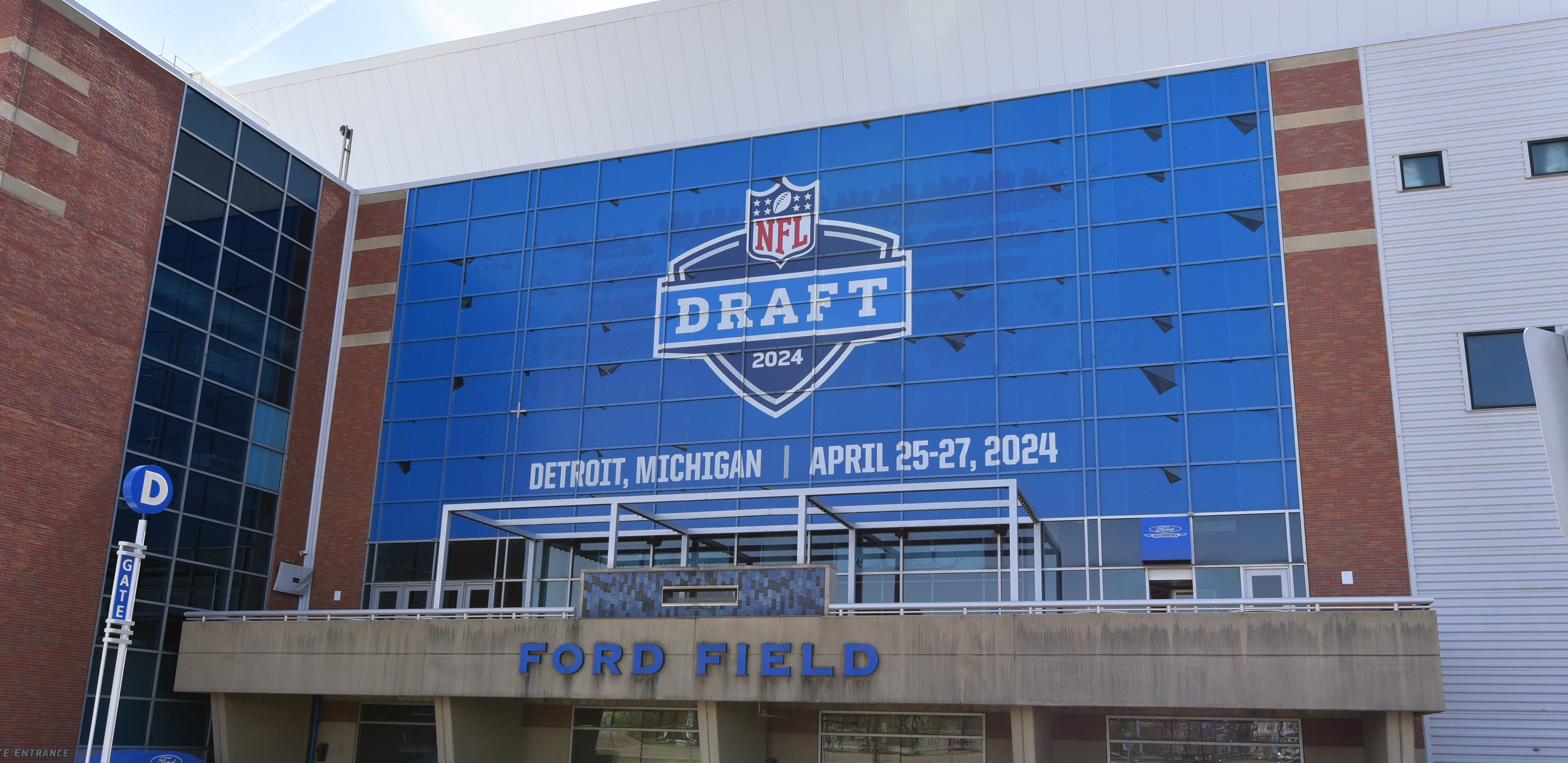
A frequently asked question among football fans following the Super Bowl is: Whats the story with Eli Manning? How did he improve so much? I received a dozen e-mails from people wondering the same thing.
It is a fair question considering that Manning last season threw 25 interceptions -- the most in the NFL -- and there were a lot of Giants fans who snickered when he told an interviewer that he considered himself among the leagues elite quarterbacks. No one questions that now.
But what happened with Eli? Two things, really.
First, he improved several areas of his game, notably his ability to move away from the rush, reset and deliver the ball. Not that he will ever be considered a scrambler, but now, when he feels pressure, he will slide outside the pocket and buy a little time to complete the pass. He keeps his eyes down the field and allows the play to develop.
Early in his career, Eli was a stationary target. He set up deep and didnt react to the rush until it was too late. The Eagles defense had some big games against him for that reason. In his first start against them, Manning was sacked five times and intercepted twice in a 27-6 Eagles win.
But now Manning will move around, just a few steps in some cases, but enough to avoid trouble and he will use that time to survey the entire field. If you look at the replay of the long completion to Mario Manningham that set up the winning drive in the Super Bowl, you see the whole package. The movement, the read and, finally, the perfect throw. It was textbook perfect.
The other area of improvement is the evolution of the Giants overall passing game. The receivers share in that along with the quarterback and, due to the youth of those receivers, they were much better this season than they were last season.
NFL
Under offensive coordinator Kevin Gilbride, the Giants have the most complicated pass offense in the league. Every pass play has multiple options depending on the coverage. It is a dynamic offense when it works, but it has a lot of moving parts and can go very badly if the players dont know exactly what they are doing.
One play is called in the huddle, but it can all change once the ball is snapped depending on what the defense does. If it shows one look but shifts to another -- the routes were for zone coverage but the defense switches to maneverything changes. The receivers have to read it and adjust their routes. The timing changes. Deep routes are cut short and short routes are sent deep and all of this is done on the fly.
The quarterback and the receivers have to see exactly the same thing and process the information exactly the same way. If a receiver turns inside instead of outside or breaks off a route at 10 yards instead of 15, the whole thing blows up. The result is a quarterback throwing the ball right to a defender and there is no receiver in sight.
That happened repeatedly last season as Manning worked through the process with young receivers Hakeem Nicks and Manningham. Numerous times Manning read one thing and the receivers either didnt see it or read something else and the result was an interception and a TV closeup of Manning making a face, shaking his head and walking off the field.
You didnt see as much of it this season, even though they added a young slot receiver in Victor Cruz to the mix. Cruz had some missteps early in the seasona bad route resulted in a pick six and a loss to Seattle in Week Fivebut he picked up the offense quickly and wound up setting a franchise record with 1,536 receiving yards.
It all came together for the Giants and Eli Manning this season. The result was he joined Tom Brady, Terry Bradshaw and Bart Starr as two-time Super Bowl MVPs. Still, no one has touched Joe Montana, who has three.
E-mail Ray Didinger at viewfromthehall@comcast.net


